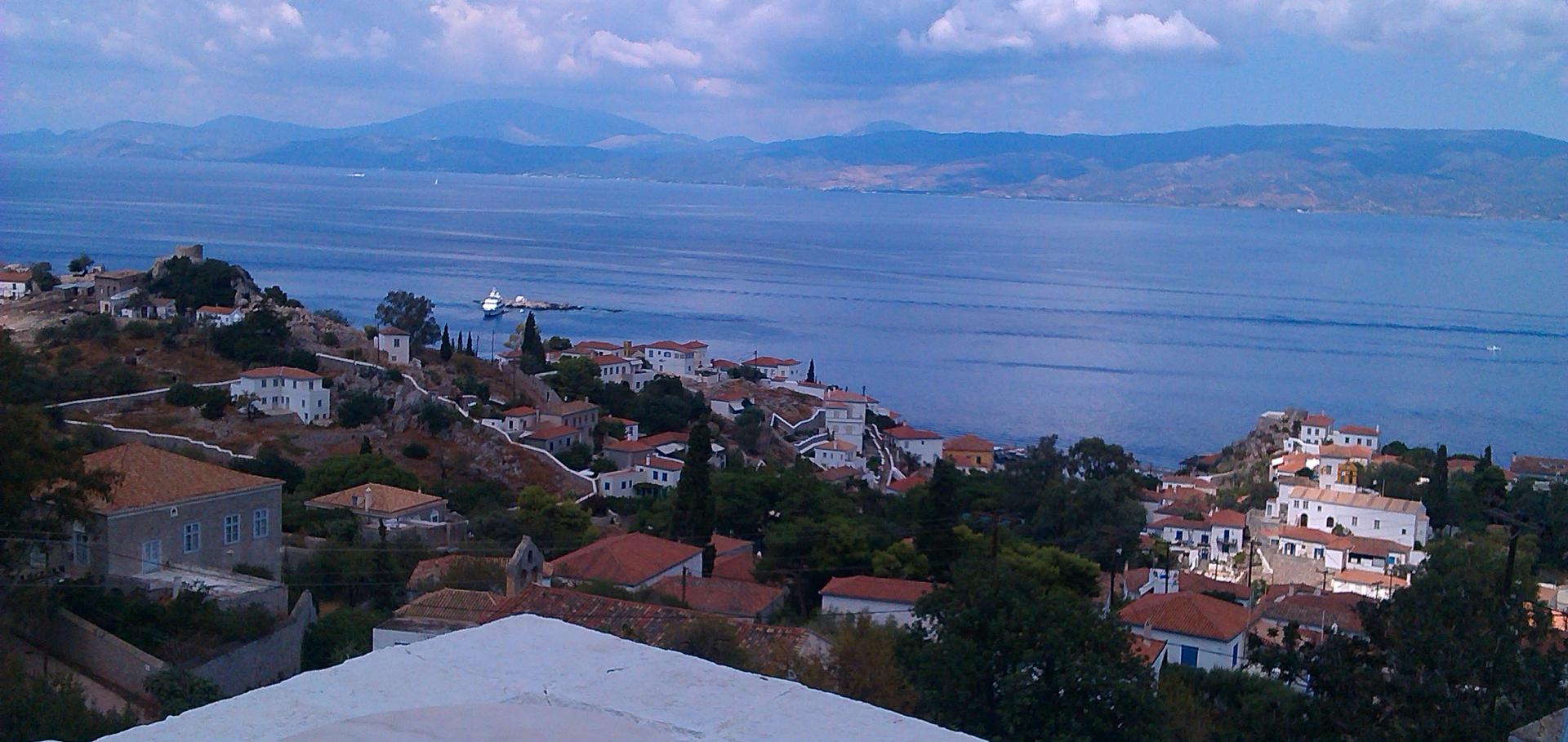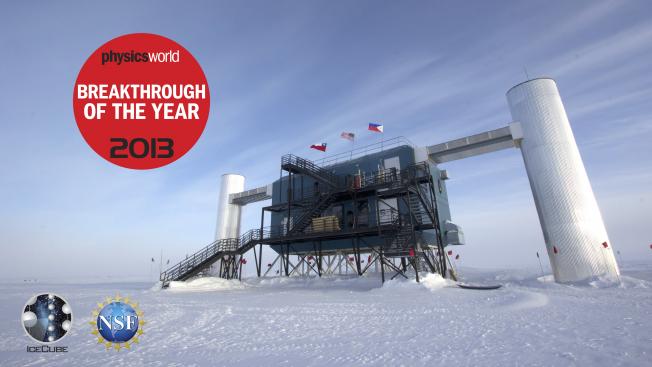Improvement in Fast Particle Track Reconstruction with Robust Statistics
ArXiv 1308.5501 (2013)
Authors:
MG Aartsen, R Abbasi, Y Abdou, M Ackermann, J Adams, JA Aguilar, M Ahlers, D Altmann, J Auffenberg, X Bai, M Baker, SW Barwick, V Baum, R Bay, JJ Beatty, S Bechet, J Becker Tjus, K-H Becker, ML Benabderrahmane, S BenZvi, P Berghaus, D Berley, E Bernardini, A Bernhard, DZ Besson, G Binder, D Bindig, M Bissok, E Blaufuss, J Blumenthal, DJ Boersma, S Bohaichuk, C Bohm, D Bose, S Böser, O Botner, L Brayeur, H-P Bretz, AM Brown, R Bruijn, J Brunner, M Carson, J Casey, M Casier, D Chirkin, A Christov, B Christy, K Clark, F Clevermann, S Coenders, S Cohen, DF Cowen, AH Cruz Silva, M Danninger, J Daughhetee, JC Davis, M Day, C De Clercq, S De Ridder, P Desiati, KD de Vries, M de With, T DeYoung, JC Díaz-Vélez, M Dunkman, R Eagan, B Eberhardt, J Eisch, S Euler, PA Evenson, O Fadiran, AR Fazely, A Fedynitch, J Feintzeig, T Feusels, K Filimonov, C Finley, T Fischer-Wasels, S Flis, A Franckowiak, K Frantzen, T Fuchs, TK Gaisser, J Gallagher, L Gerhardt, L Gladstone, T Glüsenkamp, A Goldschmidt, G Golup, JG Gonzalez, JA Goodman, D Góra, DT Grandmont, D Grant, A Groß, C Ha, A Haj Ismail, P Hallen, A Hallgren, F Halzen, K Hanson, D Heereman, D Heinen, K Helbing, R Hellauer, S Hickford, GC Hill, KD Hoffman, R Hoffmann, A Homeier, K Hoshina, W Huelsnitz, PO Hulth, K Hultqvist, S Hussain, A Ishihara, E Jacobi, J Jacobsen, K Jagielski, GS Japaridze, K Jero, O Jlelati, B Kaminsky, A Kappes, T Karg, A Karle, JL Kelley, J Kiryluk, J Kläs, SR Klein, J-H Köhne, G Kohnen, H Kolanoski, L Köpke, C Kopper, S Kopper, DJ Koskinen, M Kowalski, M Krasberg, K Krings, G Kroll, J Kunnen, N Kurahashi, T Kuwabara, M Labare, H Landsman, MJ Larson, M Lesiak-Bzdak, M Leuermann, J Leute, J Lünemann, O Macías, J Madsen, G Maggi, R Maruyama, K Mase, HS Matis, F McNally, K Meagher, M Merck, T Meures, S Miarecki, E Middell, N Milke, J Miller, L Mohrmann, T Montaruli, R Morse, R Nahnhauer, U Naumann, H Niederhausen, SC Nowicki, DR Nygren, A Obertacke, S Odrowski, A Olivas, A Omairat, A O'Murchadha, L Paul, JA Pepper, C Pérez de los Heros, C Pfendner, D Pieloth, E Pinat, J Posselt, PB Price, GT Przybylski, L Rädel, M Rameez, K Rawlins, C Ré, B Recht, P Redl, R Reimann, E Resconi, W Rhode, M Ribordy, M Richman, B Riedel, JP Rodrigues, C Rott, T Ruhe, B Ruzybayev, D Ryckbosch, SM Saba, T Salameh, H-G Sander, M Santander, S Sarkar, K Schatto, F Scheriau, T Schmidt, M Schmitz, S Schoenen, S Schöneberg, A Schönwald, A Schukraft, L Schulte, O Schulz, D Seckel, Y Sestayo, S Seunarine, R Shanidze, C Sheremata, MWE Smith, D Soldin, GM Spiczak, C Spiering, M Stamatikos, T Stanev, NA Stanisha, A Stasik, T Stezelberger, RG Stokstad, A Stößl, EA Strahler, R Ström, GW Sullivan, H Taavola, I Taboada, A Tamburro, A Tepe, S Ter-Antonyan, G Tešić, S Tilav, PA Toale, S Toscano, E Unger, M Usner, S Vallecorsa, N van Eijndhoven, A Van Overloop, J van Santen, M Vehring, M Voge, M Vraeghe, C Walck, T Waldenmaier, M Wallraff, Ch Weaver, M Wellons, C Wendt, S Westerhoff, N Whitehorn, K Wiebe, CH Wiebusch, DR Williams, H Wissing, M Wolf, TR Wood, K Woschnagg, DL Xu, XW Xu, JP Yanez, G Yodh, S Yoshida, P Zarzhitsky, J Ziemann, S Zierke, M Zoll
Abstract:
The IceCube project has transformed one cubic kilometer of deep natural
Antarctic ice into a Cherenkov detector. Muon neutrinos are detected and their
direction inferred by mapping the light produced by the secondary muon track
inside the volume instrumented with photomultipliers. Reconstructing the muon
track from the observed light is challenging due to noise, light scattering in
the ice medium, and the possibility of simultaneously having multiple muons
inside the detector, resulting from the large flux of cosmic ray muons. This
manuscript describes work on two problems: (1) the track reconstruction
problem, in which, given a set of observations, the goal is to recover the
track of a muon; and (2) the coincident event problem, which is to determine
how many muons are active in the detector during a time window. Rather than
solving these problems by developing more complex physical models that are
applied at later stages of the analysis, our approach is to augment the
detectors early reconstruction with data filters and robust statistical
techniques. These can be implemented at the level of on-line reconstruction
and, therefore, improve all subsequent reconstructions. Using the metric of
median angular resolution, a standard metric for track reconstruction, we
improve the accuracy in the initial reconstruction direction by 13%. We also
present improvements in measuring the number of muons in coincident events: we
can accurately determine the number of muons 98% of the time.



